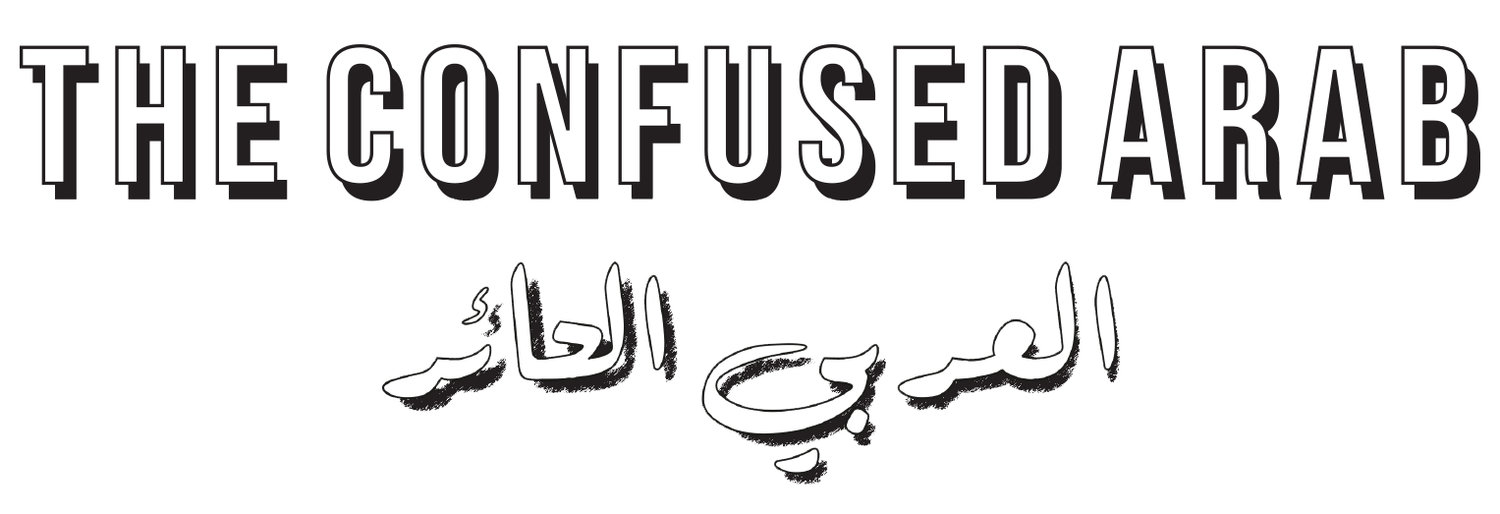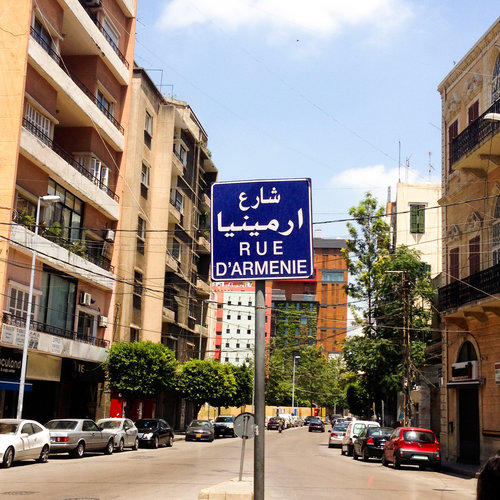Beirut is not an easy chick. Find here the main areas and places to visit the feel the soul of the city:
Raouche-The Corniche
Hamra Street
Solidere-Downtown
Gemmayzeh
Dahiyeh
Raouche - The Corniche
Reaching Beirut by plane, your attention will be caught by the Raouche (the Rock, from the french Rocher) bording the azure blue mediterranean sea. Joggers, couples or families often take a stroll on the corniche. Facing the Pigeon Rock, you will find several restaurants and narguileh cafes lining the coast cliffs.
If you are visiting during the summer, continue a few hundred meters from Raouche and stop by 'Beirut Sporting club" or just "Le Sporting" like Beirutis call it. That can be a nice introduction to Beirut sociology: hedonistic crowds in a 1960's still-stylish beach club. Every Friday night during the summer, the Sporting Club hosts the ultimate summer rendez-vous: Decks on the Beach.
Hamra Street
Hamra street used to be the center of cultural activities of Beirut in the 1960’s and 1970’s. Very cosmopolitan as it was home of several communities from Lebanon and the entire Middle East (Maronites, Greeks Orthodox, Palestinians, Iraqis and Syrians), Hamra has a bit lost of its superb. Sip a turkish coffee and have shisha at Cafe Hamra. Over the past few years, the district seems to be back on track with the opening of new bars and restaurants: if you are around, check if there is any night show at Metro al Madina, a modern version of the old oriental cabaret.
Hamra is lively and young, as it's located close to the AUB (American University of Beirut). «Al Jam3a al amrikye» founded in 1866, is considered as the most elite university in Lebanon and in the Middle East. You can visit its charming and full of green campus, overseeing the Mediterranean.
Solidere-Downtown
This area is the historical downtown. Organized around the Place de l’Etoile, the neighborhood was renovated to erase any remaining aftermaths of the civil war. The output of the controversial renovation is a very modern, a bit-fake vintage look taking us back to the «Paris of the Middle East».
Take a walk to see different key historical and religious sites: Roman columns, St Georges cathedral and Al Amin Mosque. Just nearby you can walk to the luxury district of Foch-Allenby and to Beirut Souks, an open-air mall located en place of the old souks.
Walking a bit in direction of the Serail (Palace of the Government), take the Wadi Abu Jamil street (formely Wadi al Yahood street, former Jewish district of Beirut) in which you will see the Maghen Abraham Synagogue. Renovated in 2010 by the Lebanese authorities, it is not open to visitors, nor for cult (Lebanese jewish population is estimated at less than 100 individuals).
Gemmayzeh
Charming street, the Gemmayzeh area has a pittoresque feel and is a pretty relaxing escape to the hustle of Beirut. Walk all over the street until Mar Mikhail where you will see the famous Electricite du Liban building (Beirutis will also share the special relation they all have with electricity). The area is very different depending on when you're visiting it: the seducing desuet day-look with nun’s schools and old people at their balconies, changes into a vibrant nightlife spot with fancy restaurants and trendy bars.
Have breakfast or lunch in the area and through the Mar Nicolas stairs to get to the newly renovated Sursock Museum. Outstanding architecture and rich Lebanese and international artists collections. Don’t miss the "Salon Arabe" and the vitral windows of the 1st floor.
If you continue straight on Mar Mikhail, you will find yourself in Armenia Street. Pay attention to the shop tenants names, the "ian" at the end of every family names indicates you that the district was, with Burj Hammoud, home of the Armenian refugees fleeing Ottoman genocide in 1915.
Dahiyeh
Translated as suburbs, this area is not a top-of-mind destination for many visitors. Far from being an homogeneous neighborhood, it's an interesting place to see a different Beirut. Watching around the hustle and bustle of chaotic traffic and the street vendors show can really be entertaining. With Shiaa representing 80% of the population, Ayatollah Khomeyni portraits and tchadors can give you a Teheran feel. Haret Hraik, center of Dahieh, is often referred as the Hezbollah headquarters. Not very far, you can visit the "Hippodrome de Beyrouth", urban garden surrounded by concrete (this doesn't have to be misunderstood with the Roman Hippodrome of Beirut, in the northern part of the city).















